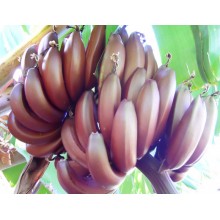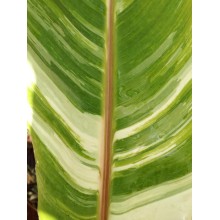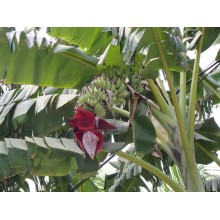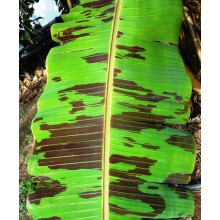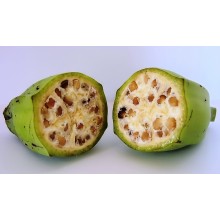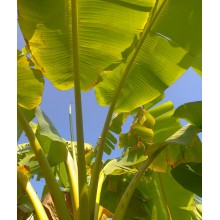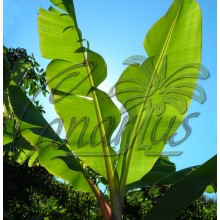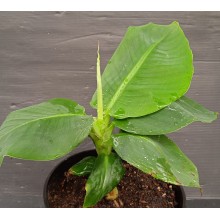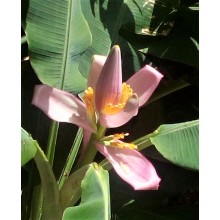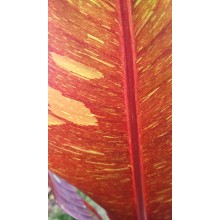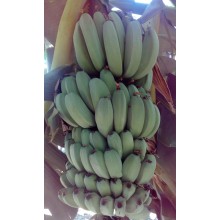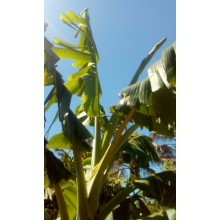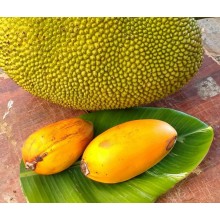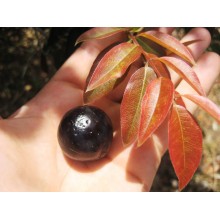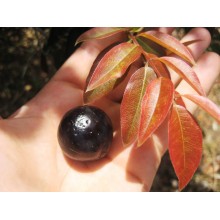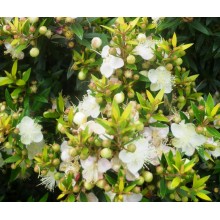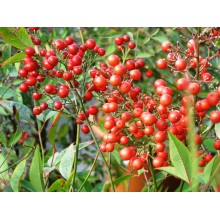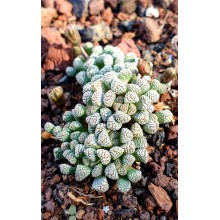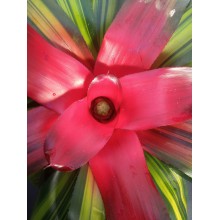General Plants There are 1883 products.

If you like exotic plants, you just came to the right place. Canarius offers the hard-to-find exotic plants which are seldom available in garden centres. Our shop has natural species as well as rare hybrids. We offer exotic plants from the Canary Islands.
Orders are sent to anywhere in Europe and also worldwide. Parcels will reach your home in a few days after shipping (but we also need some days for processing). Feel free to contact us if you have any questions.
Subcategories
-
Succulents
World deserts and dry areas are home to the most interesting plants. Canarius offers an increasing selection of succulent plants of maximum quality, because they are grown outdoors, under the full sun of the Canary Islands.
Succulents or "fat plants" are water-retaining species, adapted to dry conditions. They store succum (juice, water) in their leaves, stems or roots, and often show a stout and fleshy appearance.
-
Exotics
Exotic plants are species from other parts of the world, and they usually have ornamental qualities: a lush foliage, colorful flowers, unusual shapes... Here you can find a great variety of exotic plants: from Bromeliads and Heliconias, to pamls and houseplants.
Exotic plants do not have a particular use. Collectors buy this kind of plants for their rarity, for indoor or outdoor decoration, depending on their features.
-
Fruit, Herbs & Medicinals
Fruit, Herbs & Medicinal plants are focused on getting a better health. In this section, each type of plant produce healthy effects, both fruit trees (Feijoa, Pineapple, Fina de Jete...) and plants for health, such as Graviola, Aloe vera, Callisia fragrans...
In the normal metabolism of all living beings, the organism produces some substances from nutrients latent in the environment; some of these chemicals are part of the process in all (or almost) sort of species. Normally, the useful compounds are concentrated in some of its parts: leaves, seeds, flowers...
Find out your advisable plant and buy it online!
-
Special
On canarius.com we try to remove limits in the field of botany. On our online store we try to facilitate the purchase/sale of plants to anywhere in the world. That's why, we grow from the most common species to the most special plants, as we can see in this section.
-
Musa 'Variegated Nam Wah'
Musa 'Variegated Nam Wah'
Quite stable variegated clone of the ever popular 'Dwarf Nam Wah', also known as 'Dwarf Pisang Awak'- Stripes occur in different width and tones. It is not a real dwarf. but a a semi-dwarf banana, with more-than-excellent fruits which are very popular in SE Asia and Australia.
186,00 € -
Musa acuminata
Musa acuminata
Musa acuminata is one of the wild ancestors of actual edible bananas. Fruits are sweet but small, with large seeds inside. Leaves are upright, with a pink tone and very ornamental.
38,00 € -
Musa acuminata var. sumatrana - Blood Banana
Musa acuminata var. sumatrana - Blood Banana
Blood banana is a supreme ornamental for warmer climates or conservatories. The dark green leaves are splashed with purple-burgundy blotches. A classic of all-times for tropical gardening.
40,60 € -
Musa balbisiana
Musa balbisiana
This is a wild banana with seed, the hardiest ancestor of most edible bananas. It is hardier to cold, wind and drought than most bananas. Fruits are edible but they are starchy and full of seeds. Fibres are strong and useful.
38,00 € -
Musa bauensis
Musa bauensis
Wild banana tree native to the limestone hills close to Bau, in Sarawak with slender pseudostems and ornamental lush foliage. Mature clumps are particularly attractive, because they keep many slender "trees" that will happily live together without too much overcrowding.
47,00 € -
Musa Cavendish 'Brier' - Platanera, Banana
Musa Cavendish 'Brier' - Platanera, Banana
This is a selection of the common, commercial Cavendish banana. It appeared in Tenerife in the banana fields of the Brier family. Now it is a widespread commercial crop in the Canary Islands. Very productive. Plants achieve 2,5-3 m (8-9 ft).
26,60 € -
Musa Cavendish 'Super Dwarf'
Musa Cavendish 'Super Dwarf'
A scaled down version of the dwarf cavendish, compact and fairly symetrucal in appearence, with an itimate height of between 1-2m tall.
19,50 € -
Musa ornata
Musa ornata
Ornamental banana of moderate size, with very showy pink-orange inflorescences. The whole plant is usually only 2-3 m tall, the foliage is very ornamental and the bright bracts are often held at eye level.
32,30 € -
Musa x 'Siam Ruby'
Musa x 'Siam Ruby'
Is this the best ornamental colourful foliage on earth? This is a rather dwarf banana tree with fully speckled leaves with all the hues of orange and red, intermingled with lime-green speckles.
95,00 € -
Musa x 'Teparod' - Teparod Banana
Musa x 'Teparod' - Teparod Banana
Teparod is a very different ABB banana, placed in its own subgroup named Klue Teparod, It has an excellent taste, reminiscent of Saba bananas.
64,30 € -
Musa x 'Thousand Fingers'
Musa x 'Thousand Fingers'
This banana tree needs no introdution. It is called "1000 fingers" internationally.
65,30 € -
Musa X Fehi 'Kawaputa'
Musa X Fehi 'Kawaputa'
Fehi are famous sacred bananas from New Guinea and the Pacific islands. Their sap is red like blood, and the huge fruits hold an astonishing content of provitamine A.
680,00 € -
Musa x Iholena Maritu
Musa x Iholena Maritu
This remarkable musa from the Iholena subgroup, was discovered in Colombia, despite typically being native to New Guinea and Pacific islands.
78,20 € -
Myrciaria cauliflora - Jaboticaba (Plinia)
Myrciaria cauliflora - Jaboticaba (Plinia)
They look like black grapes but they grow straight on the trunk, in a very unusual way! Aall branches are coated with purple-black fruits. This is one of the healthiest of all fruits, and grows in Warm Mediterranean to Cool Tropical climates.
58,80 € -
Myrciaria cauliflora - Jaboticaba - LARGE
Myrciaria cauliflora - Jaboticaba - LARGE
They look like black grapes but they grow straight on the trunk, in a very unusual way! Aall branches are coated with purple-black fruits. This is one of the healthiest of all fruits, and grows in Warm Mediterranean to Cool Tropical climates.
145,00 € -
Myrtus communis ssp. tarentina
Myrtus communis ssp. tarentina
Myrtus communis is the most classic Mediterranean Myrtle. Tarentina is the short leaved, compact form. It is a tough Mediterranean plant producing remarkable scents, both in leaves and flowers. It is easy to grow, also in pots.
11,80 € -
Neohenricia sibbettii
Neohenricia sibbettii
One of the smallest and finest mesembs. Neohenricia resembles a miniature titanopsis with the typical warty leaf tips, but it creeps in sand and forms a carpet.
18,70 € -
Neoregelia 'Freddie'
Neoregelia 'Freddie'
Neoregelia 'Freddie' is a bromeliaceae with a cherry-red central foliage, green leaves with distinct white lines.
21,30 €
At the moment there are few products in this category General Plants




















